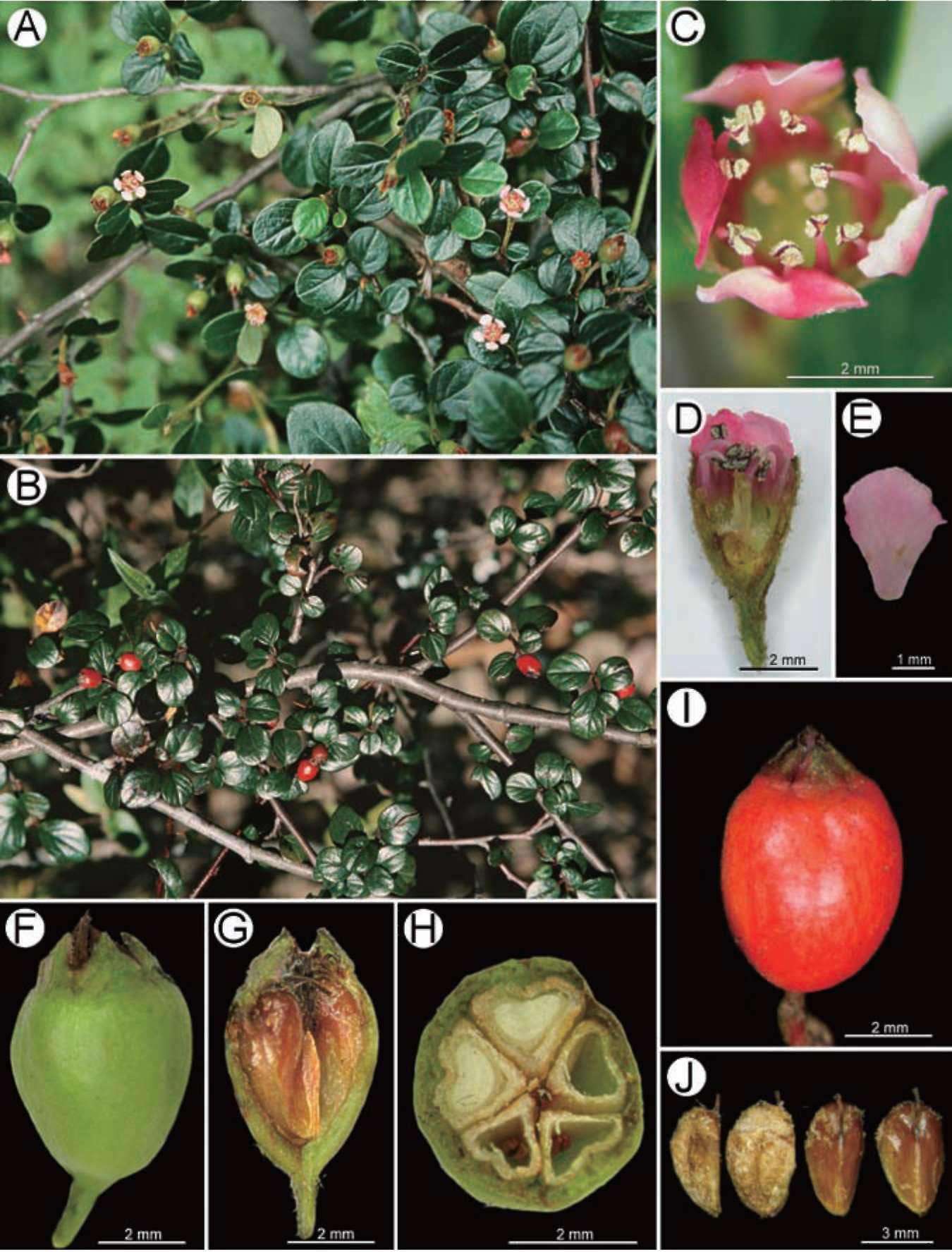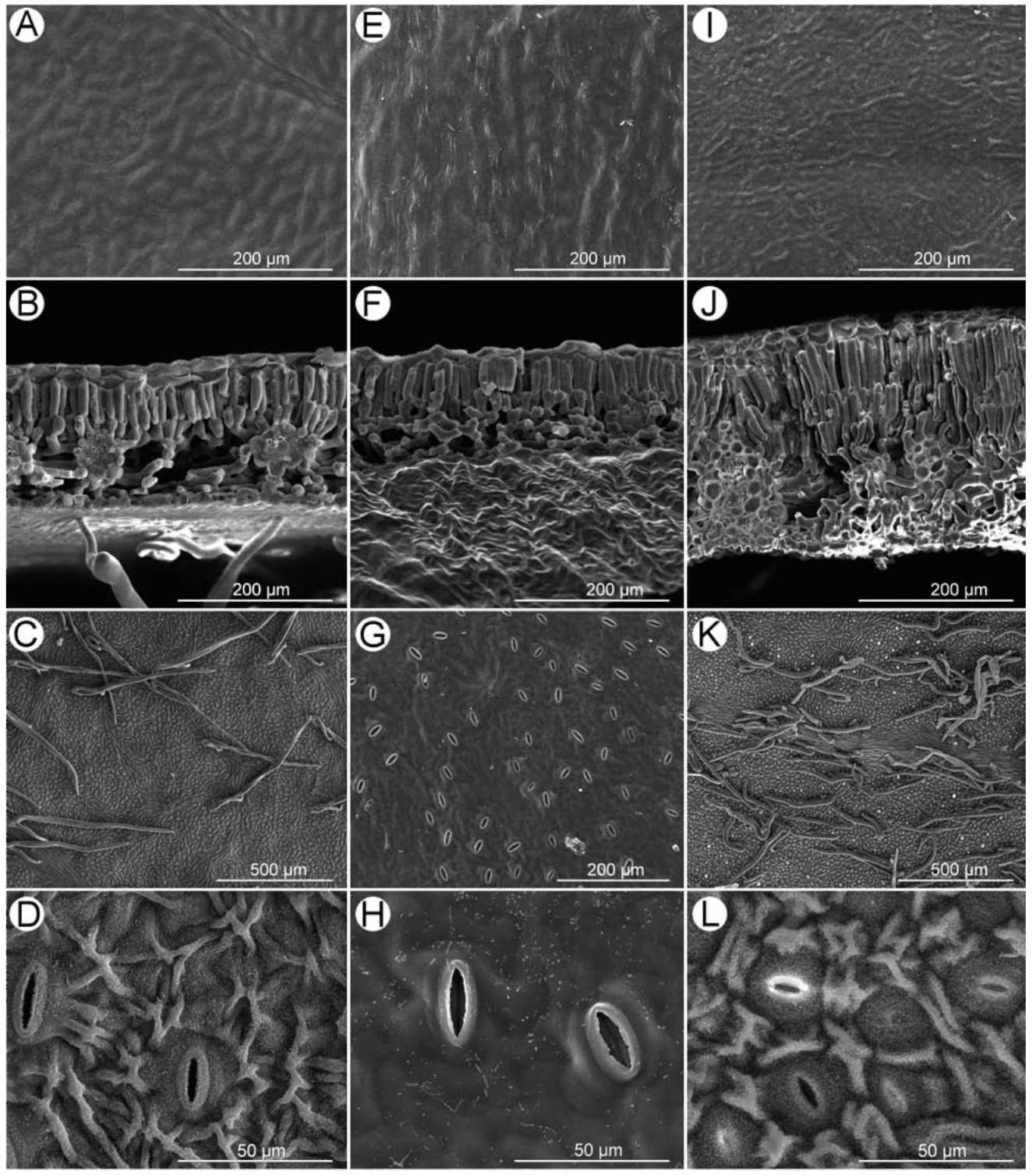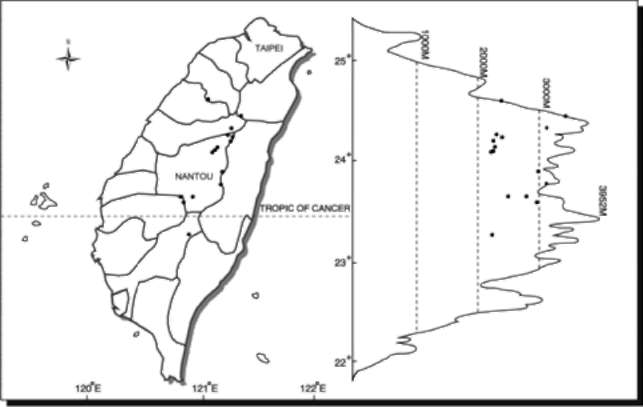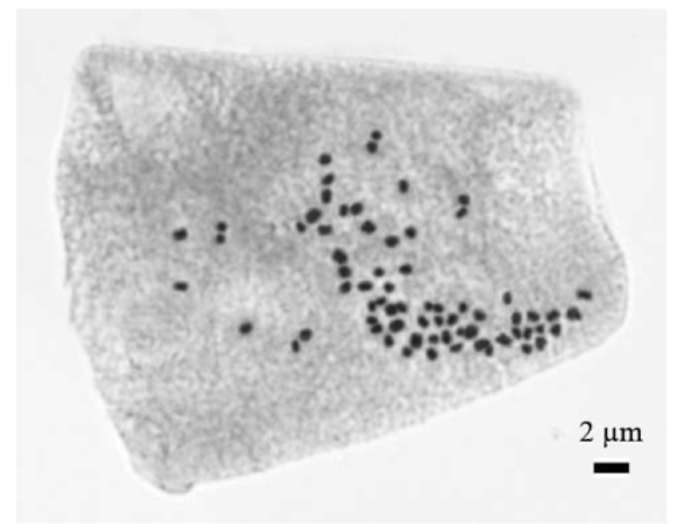212
Botanical Studies, Vol. 52, 2011
SEM chamber and observed at -160°C with a cryo scanning electron microscope (FEI Quanta 200 SEM/Quorum Cryo System PP2000TR FEI). Vouchers are deposited at HAST (Cotoneaster rosiflorus, Peng 21493) and TCF (C. horizontalis: Chang 2486; C. morrisonensis, Chang 2684).
Chromosome cytology
Root tips were pretreated with 2 mM 8-hydroxy-quinoline solution at 15-18°C for 8-9 h and fixed with ethanol-acetic acid (3:1) at about 4°C for over 24 h. Fixed materials were macerated and stained in 10:1 mixture of 2% acetic orcein and 1N HCl for chromosomal observation. The plant used in this study (Cotoneaster rosiflorus, Peng 21493, HAST) was collected in the field
and cultivated in the experimental greenhouse of Aca-demia Sinica.
Pollen observation
The anthers of fresh flowers of Cotoneaster rosiflorus (Chang 2487, holotype at HAST) were carefully removed with tweezers, then sequentially dehydrated with alcohol (30%, 5 min; 40%, 5 min; 50%, 5 min; 60%, 5 min; 70%, 5 min; 80%, 5 min; 95%, 5 min). The anthers were then broken with a dissection needle under the stereomicro-scope to scatter the pollen. Pollen were kept in a desiccator with silica gel over night. Finally, the pollen was ob-served under the scanning electron microscope (HITACHI S-3000N) and photographs were taken after gilt.
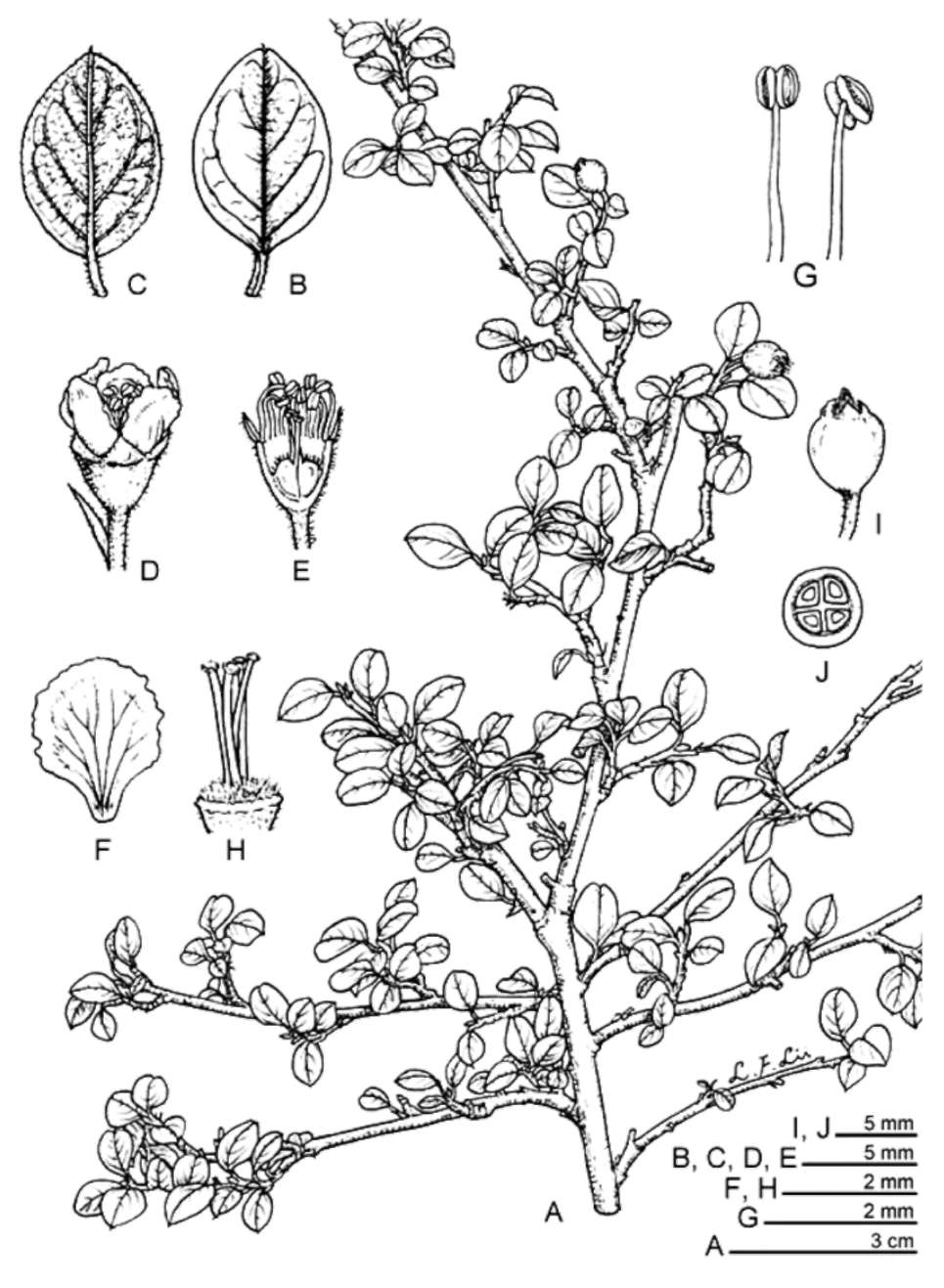
Figure 1. Cotoneaster rosiflorus K. C. Chang & F. Y. Lu. A, Habit; B, Leaf, adaxial surface; C, Leaf, abaxial surface; D, Flower; E, Dissected flower; F, Petal; G, Stamens; H, Styles; I, Pome; J, Pome, dissected to show pyrenes.
